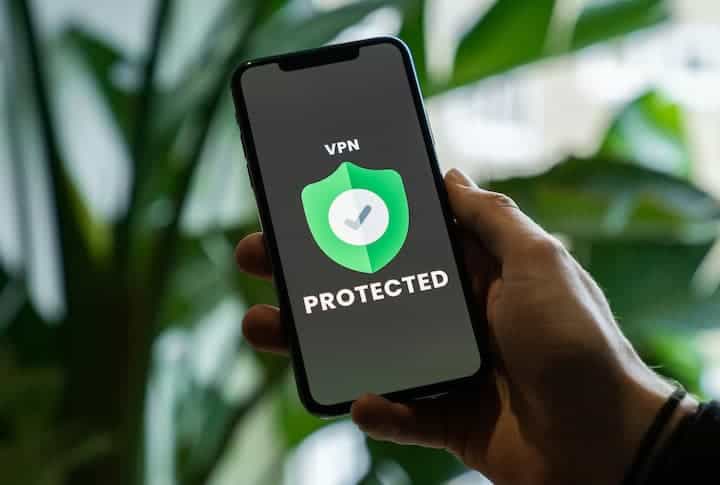
In today’s digital landscape, content is king—but only if it’s done right. The rise of social media, search engines, and mobile devices has made it possible for brands to reach audiences like never before.
But, the competition is brutal. Everyone is vying for attention, which means that content strategy development is crucial for standing out. A well-crafted content strategy can elevate your brand, build trust with your audience, and drive conversions.
This article will guide you through the essential steps to create high-impact content tailored to your audience. It’s gonna be a value-packed read, so let’s jump right in!
Understanding Your Audience
The first step in developing a content strategy is understanding your audience. Without knowing who you are speaking to, your content will lack direction and fail to resonate.

Start by creating detailed audience personas that include demographics, interests, pain points, and online behavior. This information will help you craft content that speaks directly to the needs and desires of your target audience.
Tip: Utilize tools like Google Analytics, social media insights, and customer feedback to gather data on your audience. This data will be invaluable in shaping your content strategy.
Setting Clear Goals
What do you want to achieve with your content? Whether it’s increasing brand awareness, generating leads, or boosting sales, having clear goals is essential. Your goals will dictate the type of content you create, the platforms you use, and the metrics you track.

For example, if your goal is to generate leads, you might focus on creating gated content like eBooks or whitepapers that require users to provide their contact information in exchange for access.
On the other hand, if your goal is to increase brand awareness, you might prioritize creating shareable content like blog posts, infographics, and videos.
Conducting a Content Audit
Before you start creating new content, it’s important to assess your existing content. A content audit will help you identify what’s working, what’s not, and where there are gaps.
Review your website, blog, social media channels, and any other content platforms you use. Look at metrics like page views, bounce rates, social shares, and conversion rates to determine which pieces of content are performing well and which ones need improvement.

Tip: During your audit, pay attention to SEO performance. Are your high-performing pages optimized for search engines? If not, make the necessary adjustments to improve your content’s visibility.
Choosing the Right Content Types
Different types of content serve different purposes, and the key to a successful content strategy is to choose the right mix. Here are some common content types and their benefits:
- Blog Posts: Great for SEO and establishing thought leadership. Blog posts allow you to cover a wide range of topics and address your audience’s pain points in-depth.
- Videos: Ideal for capturing attention quickly and engaging viewers. Videos can be used for tutorials, product demos, testimonials, and more.
- Infographics: Perfect for presenting complex information in an easy-to-digest format. Infographics are highly shareable and can drive traffic back to your site.
- eBooks/Whitepapers: These are excellent for lead generation. They offer in-depth insights on a particular topic and are often gated behind a sign-up form.
- Social Media Posts: Great for real-time engagement and building a community around your brand. Use social media to share your content, interact with followers, and promote events or products.
Creating High-Impact Content
Now that you’ve identified your audience, set goals, conducted a content audit, and chosen your content types, it’s time to start creating.
High-impact content is content that not only attracts attention but also drives action. Here are some tips for creating content that stands out:
- Focus on Quality Over Quantity: In the age of information overload, quality matters more than ever. It’s better to create fewer pieces of high-quality content than to churn out mediocre content just for the sake of consistency.
- Use Data and Research: Back up your content with data and research to build credibility. Citing statistics, case studies, and expert opinions can make your content more persuasive and trustworthy.
- Tell a Story: People connect with stories, not facts. Use storytelling to make your content more relatable and memorable. Whether it’s sharing customer success stories or illustrating your brand’s journey, storytelling can make your content more engaging.
- Incorporate Visuals: Visual content is more likely to be shared and remembered. Use images, videos, infographics, and charts to complement your written content and make it more appealing.
- Optimize for SEO: High-impact content should be easy to find. Use relevant keywords, meta descriptions, and alt text to optimize your content for search engines. This will increase your chances of ranking higher in search results and driving organic traffic.
- Include a Clear Call-to-Action (CTA): Every piece of content should have a clear CTA that guides your audience on what to do next. Whether it’s signing up for a newsletter, downloading a resource, or making a purchase, your CTA should be compelling and easy to follow.
The Importance of Security in Content Strategy

In today’s digital age, security is as crucial to content strategy as the content itself. Protecting your digital assets, from your website to your marketing data, ensures that your content remains accessible and trustworthy.
This is especially important if you’re managing content and campaigns across multiple regions. For example, if your content strategy involves reaching audiences in countries with strict internet regulations, using a VPN for streaming can help you bypass restrictions and securely access your content platforms.
Promoting Your Content

Creating great content is only half the battle; you also need to promote it effectively. A well-rounded content promotion strategy includes a mix of organic and paid tactics. Here are some ways to get your content in front of your audience:
- Social Media: Share your content across your social media channels. Use relevant hashtags, tag influencers, and encourage your followers to share your content with their networks.
- Email Marketing: Send your content directly to your subscribers through email marketing. Personalize your emails to make them more relevant and engaging.
- SEO: Optimize your content for search engines to increase its visibility. Focus on both on-page and off-page SEO tactics to improve your rankings.
- Paid Advertising: Consider using paid ads to amplify your content’s reach. Platforms like Google Ads, Facebook Ads, and LinkedIn Ads allow you to target specific audiences and drive traffic to your content.
- Collaborations: Partner with influencers, bloggers, and other brands to co-create and share content. Collaborations can help you tap into new audiences and build credibility.

Finally, it’s important to track the performance of your content to see if it’s achieving your goals. Use analytics tools like Google Analytics, social media insights, and email marketing reports to monitor key metrics such as:
- Traffic: How much traffic is your content driving to your website?
- Engagement: Are people interacting with your content? Look at metrics like likes, shares, comments, and time spent on the page.
- Conversions: Is your content driving the desired action, whether it’s signing up for a newsletter, downloading a resource, or making a purchase?
- SEO Performance: Are your pages ranking higher in search results? Track keyword rankings and organic search traffic.
By analyzing these metrics, you can identify what’s working and what needs improvement. Use these insights to refine your content strategy and continue creating high-impact content for your audience.
Conclusion

Content strategy development is an ongoing process that requires careful planning, execution, and analysis. By following the steps laid out in this article, you’ll be well on your way to creating content that not only stands out but also makes a lasting impact on your audience.
As you refine your content strategy, remember that the digital landscape is constantly evolving. Stay up-to-date with the latest trends and best practices to ensure your content remains relevant and effective.
Gestart met een droom en een online onderneming in 2008, stond ik, net als velen, voor de uitdagingen van de immense digitale wereld. Met passie en ambitie in overvloed, maar zoekend naar richting, ontdekte ik de kracht van SEO. Deze ontdekking werd niet alleen mijn reddingsboei, maar ook mijn roeping. Nu, met SuperSEO, zet ik mijn ervaring en kennis in om anderen hun eigen succesverhaal te laten schrijven.



